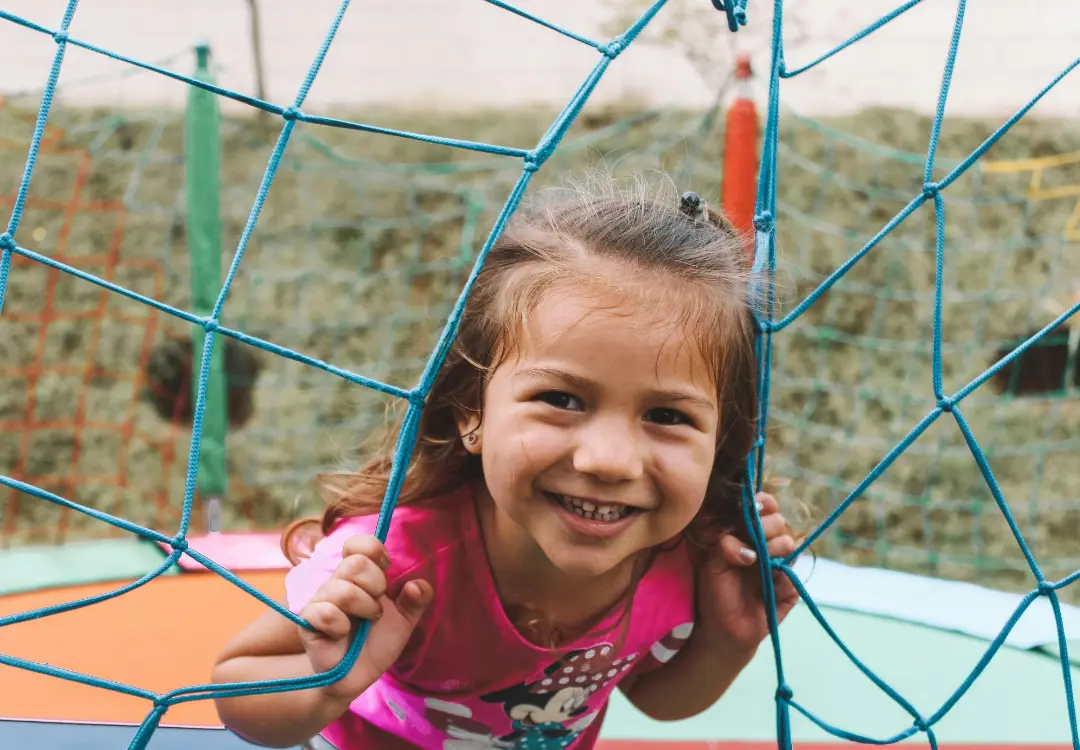As a parent, you want the best for your child, especially when it comes to their ability to communicate. If your child has been recommended for speech therapy, you might be wondering what to expect. This post will guide you through what speech therapy typically looks like for children, with a special focus on the use of Augmentative and Alternative Communication (AAC) devices.
Understanding Speech Therapy for Children
Speech therapy for children is a specialized service designed to improve communication skills. It can address a wide range of challenges, including articulation, fluency, language comprehension, and expression. For some children, this may involve learning to use AAC devices to supplement or replace verbal communication.
The goals of speech therapy may include:
- Improving articulation and pronunciation
- Expanding vocabulary and language skills
- Enhancing social communication abilities
- Developing alternative communication strategies using AAC devices
The Importance of Individualized Approaches
Every child is unique, and so are their communication needs. A skilled speech therapist will assess your child’s specific challenges and strengths to create a tailored treatment plan. This plan may incorporate various techniques, including traditional speech exercises, play-based therapy, and the use of AAC devices.
For children who may benefit from AAC, the therapist will consider factors such as:
- The child’s cognitive abilities
- Fine motor skills
- Visual processing capabilities
- The child’s and family’s communication needs and preferences
Incorporating AAC Devices in Speech Therapy
AAC devices play a crucial role in modern speech therapy, especially for children with complex communication needs. These tools can range from simple picture boards to sophisticated electronic devices with voice output.
In therapy sessions, your child may:
- Learn to navigate and use their AAC device
- Practice selecting appropriate symbols or words
- Develop skills in forming sentences using the device
- Integrate AAC use with other forms of communication
The therapist will work to ensure that the AAC device becomes a natural and effective part of your child’s communication toolkit.
What to Expect in a Typical Session
While each session is tailored to your child’s needs, a typical speech therapy session might include:
- Warm-up activities to engage the child
- Targeted exercises focusing on specific speech or language goals
- Practice with the AAC device in various communication scenarios
- Play-based activities that incorporate speech and language objectives
- Review of progress and assignment of home practice activities
Sessions are usually 30-60 minutes long, depending on the child’s age and attention span.
The Role of Parents in Speech Therapy
As a parent, you play a vital role in your child’s speech therapy journey. Your involvement may include:
- Attending therapy sessions to learn techniques
- Practicing exercises and AAC use at home
- Providing feedback on your child’s progress
- Creating a supportive communication environment at home
- Advocating for your child’s needs in school and other settings
Your speech therapist will guide you on how to reinforce therapy goals in daily life and how to integrate AAC use into your family’s routine.
Measuring Progress and Adjusting Goals
Progress in speech therapy is typically measured through:
- Regular assessments of speech and language skills
- Tracking the frequency and effectiveness of AAC device use
- Observing improvements in social communication
- Gathering feedback from parents, teachers, and other caregivers
Goals are regularly reviewed and adjusted based on your child’s progress and changing needs.
Conclusion
Speech therapy for your child, especially when incorporating AAC devices, is a journey of growth and discovery. It’s a collaborative process involving you, your child, and the therapist. With patience, consistency, and the right tools, your child can develop effective communication skills that will serve them throughout their life.
Remember, every child’s path is unique, and progress may come in different forms and at different paces. Celebrate each milestone, no matter how small, and trust in the process of helping your child find their voice – whether through speech, AAC, or a combination of both.





